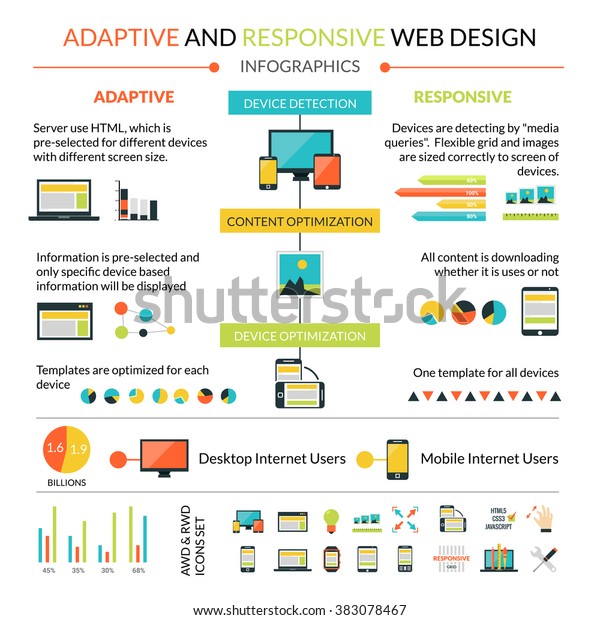Improving User Experience With Web Design To Increase Conversions
Improving User Experience With Web Design To Increase Conversions
Blog Article
Developed By-Washington Sahin
Have you ever before went to an internet site that took forever to load, had a complex navigation system, or didn't show correctly on your mobile phone? Possibilities are, you swiftly deserted that website and went on to one that gave a much better customer experience.
In search engine specialist , it's important for organizations to focus on web design that boosts customer experience in order to drive better conversions. In this conversation, we will certainly explore the value of receptive design, the usage of instinctive navigation, and the optimization of page lots rate to produce a smooth and interesting user journey.
Remain tuned to find just how these aspects can considerably affect your website's success.
Relevance of Responsive Design
Receptive design is essential in today's digital landscape for developing web sites that adapt seamlessly to different screen dimensions and tools. When your web site is receptive, it instantly adjusts its design and content to fit any type of tool, whether it's a smart device, tablet computer, or home computer. This is important due to the fact that more and more people are accessing the web through their smart phones.
If your internet site isn't receptive, it can cause an inadequate individual experience. simply click the following internet site may need to pinch and zoom to check out material, buttons may be also little to click, and pictures might not be maximized for smaller sized screens. This can irritate individuals and lead to high bounce rates and reduced conversions.
Utilizing User-friendly Navigation
When making a responsive internet site, it is very important to concentrate on utilizing user-friendly navigation for an enhanced individual experience.
User-friendly navigation describes arranging your site's menu and navigating elements in a logical and straightforward way. By doing so, you make it less complicated for site visitors to locate what they're looking for and browse through your internet site effortlessly.
Instinctive navigating helps in reducing confusion and aggravation, ultimately bring about far better customer engagement and enhanced conversions.
To attain instinctive navigating, consider using clear and detailed labels for your menu products, carrying out a consistent format throughout all pages, and integrating search performance for fast access to certain material. Furthermore, it's critical to focus on vital web pages and details, ensuring they're plainly displayed and quickly obtainable.
Optimizing Page Tons Rate
To improve customer experience, it's crucial to maximize the page lots rate of your web site. Slow-moving filling times can annoy individuals and result in greater bounce rates.
Fortunately, there are a number of strategies you can apply to enhance your internet site's tons speed. First of all, consider lessening the dimension of your photos by compressing them without endangering top quality.
Additionally, enhance your code by minimizing unnecessary manuscripts and CSS files. mouse click the up coming web site is to leverage internet browser caching, which permits particular components of your site to be kept in your area, lowering lots times for returning site visitors.
Additionally, take into consideration using a content distribution network (CDN) to disperse your web site's data across several web servers, improving load rate for customers in various geographical places.
Verdict
Finally, by utilizing responsive style, instinctive navigation, and enhancing web page tons rate, web designs can significantly boost user experience and drive much better conversions.
With a straightforward user interface, very easy navigating, and quick filling times, web sites can record and preserve the focus of individuals, causing increased involvement and higher conversion rates.
So, don't postpone in carrying out these website design strategies to guarantee a seamless and successful user experience!
